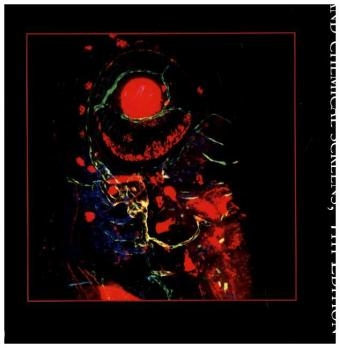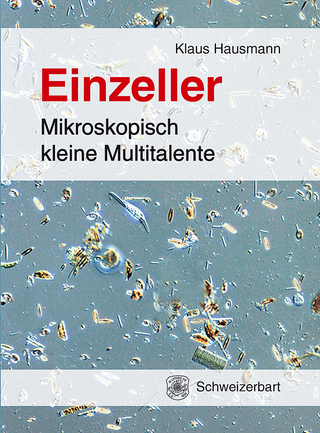
The Zebrafish: Disease Models and Chemical Screens
Academic Press Inc (Verlag)
978-0-12-803473-6 (ISBN)
Professor of Biochemistry and Marine Biology at Northeastern University, promoted 1996. Joined Northeastern faculty in 1987. Previously a faculty member in Dept. of Biochemistry at the University of Mississippi Medical Center, 1983-1987.Principal Investigator in the U.S. Antarctic Program since 1984. Twelve field seasons "on the ice" since 1981. Research conducted at Palmer Station, Antarctica, and McMurdo Station, Antarctica.Research areas: Biochemical, cellular, and physiological adaptation to low and high temperatures. Structure and function of cytoplasmic microtubules and microtubule-dependent motors from cold-adapted Antarctic fishes. Regulation of tubulin and globin gene expression in zebrafish and Antarctic fishes. Role of microtubules in morphogenesis of the zebrafish embryo. Developmental hemapoiesis in zebrafish and Antarctic fishes. UV-induced DNA damage and repair in Antarctic marine organisms. Grousbeck Professor of Pediatrics, Boston Children's Hospital / HHMI, Boston, MA, USA Professor, Department of Biology, Institute of Neuroscience, University of Oregon, Eugene, OR, USA
Part I: Adipose Tissue1. In vivo imaging and quantification of regional adiposity in zebrafish
Part II: Innate and Adaptive Immune Systems2. Innate immune cells and bacterial infection in zebrafish3. Best practices for germ-free derivation and gnotobiotic zebrafish husbandry4. Infectious disease models in zebrafish5. Live imaging the earliest host innate immune response to preneoplastic cells using a zebrafish inducible KalTA4-ERT2/UAS system6. Studying the adaptive immune system in zebrafish by transplantation of hematopoietic precursor cells
Part III: Blood and Lymph7. Hematopoietic stem cell development: Using the zebrafish to identify extrinsic and intrinsic mechanisms regulating hematopoiesis8. Studying disorders of vertebrate iron and heme metabolism using zebrafish9. The lymphatic vasculature revisited—new developments in the zebrafish
Part IV: Visceral Organs10. Modeling intestinal disorders using zebrafish11. Analysis of pancreatic disease in zebrafish
Part V: Musculoskeletal System12. Using the zebrafish to understand tendon development and repair13. Small teleost fish provide new insights into human skeletal diseases14. Muscular dystrophy modeling in zebrafish
Part VI: Central and Sensory Nervous Systems15. Analysis of myelinated axon formation in zebrafish16. Zebrafish models of human eye and inner ear diseases
Part VII: Cancer17. A zebrafish xenograft model for studying human cancer stem cells in distant metastasis and therapy response18. Zebrafish as a model for von Hippel Lindau and hypoxia-inducible factor signaling19. Discovering novel oncogenic pathways and new therapies using zebrafish models of sarcoma20. Zebrafish models of leukemia21. Investigating microglia-brain tumor cell interactions in vivo in the larval zebrafish brain
Part VIII: Transplantation22. Transplantation in zebrafish
Part IX: Chemical Screening23. Chemical screening in zebrafish for novel biological and therapeutic discovery
| Erscheinungsdatum | 11.02.2017 |
|---|---|
| Reihe/Serie | Methods in Cell Biology |
| Verlagsort | San Diego |
| Sprache | englisch |
| Maße | 191 x 235 mm |
| Gewicht | 1700 g |
| Themenwelt | Naturwissenschaften ► Biologie ► Zellbiologie |
| Naturwissenschaften ► Biologie ► Zoologie | |
| ISBN-10 | 0-12-803473-4 / 0128034734 |
| ISBN-13 | 978-0-12-803473-6 / 9780128034736 |
| Zustand | Neuware |
| Haben Sie eine Frage zum Produkt? |
aus dem Bereich


